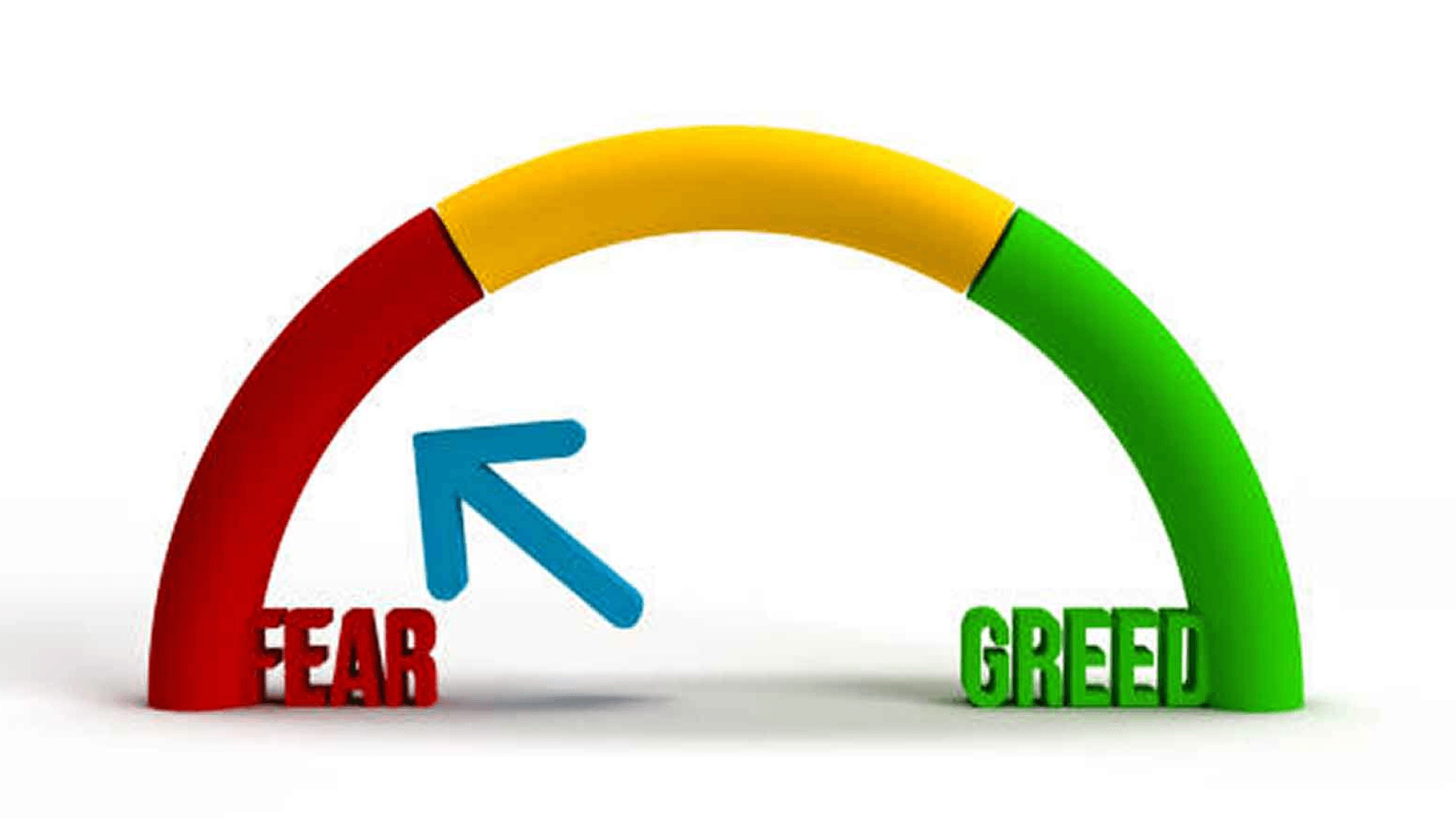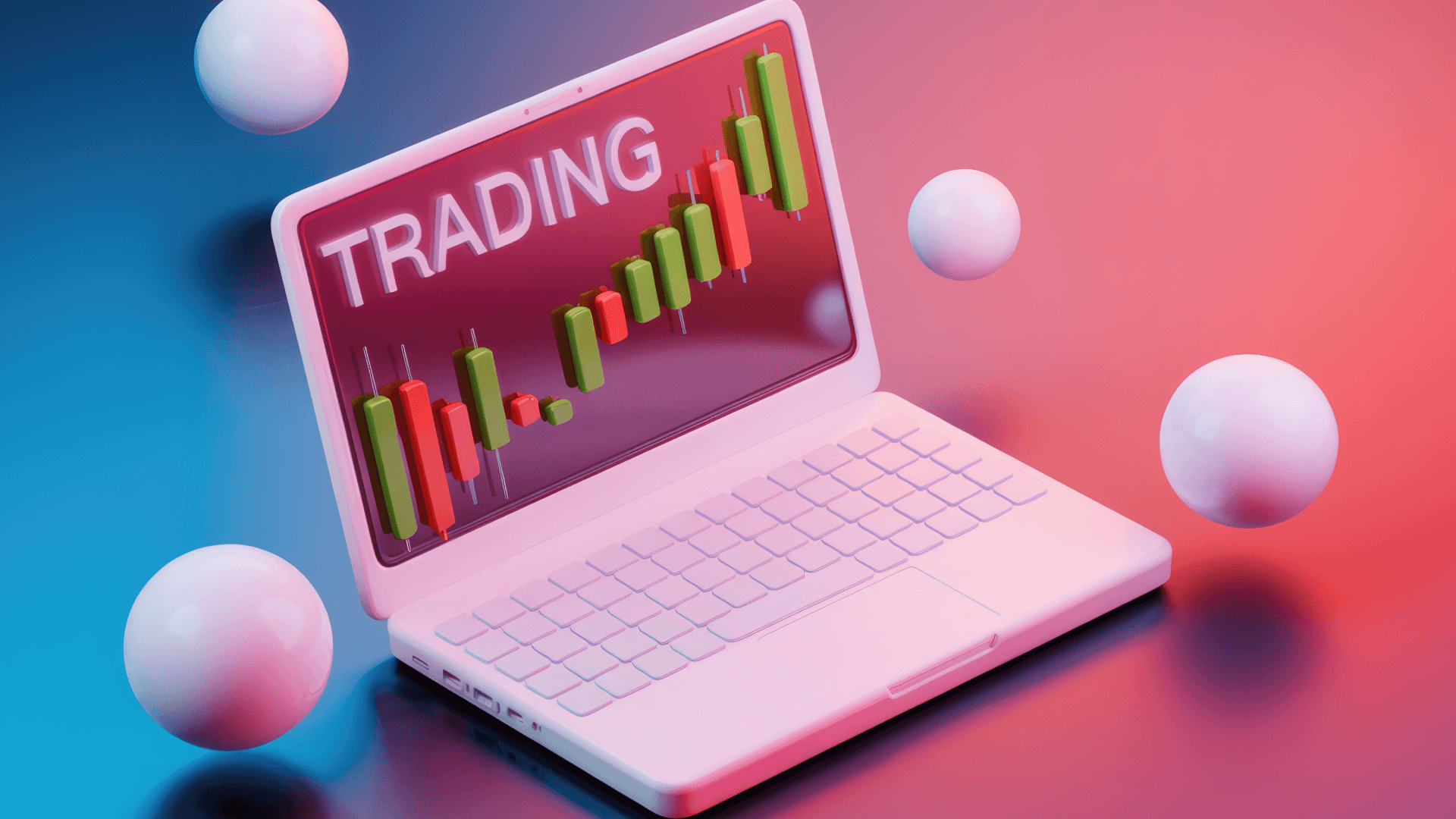Cryptocurrencies:
Exchanges:
Market Cap:
24h Vol:
Dominance:
GAS:
Fear & Greed:
Introduction to Oracle
Jan 07, 2025

Summary of Key Points
What is an Oracle?
- An Oracle is a tool that connects blockchain to off-chain data, enabling blockchain applications to function more efficiently.
- It acts as the "internet" for blockchain, providing access to external information that blockchains cannot obtain independently.
Role of Oracle in Blockchain
- Oracles solve the blockchain's isolation problem by supplying necessary data for executing smart contracts.
- For example, when a user collateralizes 1 BTC to borrow $15,000, the Oracle provides the current BTC price to calculate the loan amount. Incorrect data from the Oracle could lead to erroneous liquidation of collateral.
Common Types of Oracles
- Input Oracle: Brings external data into the blockchain.
- Output Oracle: Sends blockchain instructions to the real world (e.g., triggering payments after contract execution).
- Cross-Chain Oracle: Transfers data between different blockchains.
- Compute-Enabled Oracle: Handles complex computations outside the blockchain.
Oracle Challenges and Decentralized Solutions
- Centralized Oracles pose risks if the data source is incorrect or compromised, potentially causing significant losses.
- Decentralized Oracle: Reduces risks by using multiple data sources and Oracles.
- Chainlink: A leading decentralized Oracle project, ensuring accurate and transparent data. It outperforms competitors like Band Protocol and Pyth Network in project count and market share.
Applications of Oracle
- DeFi: Provides asset prices, manages collateral, and supports derivatives trading.
- Gaming & NFTs: Updates real-time game data and events.
- Insurance: Verifies events (e.g., natural disasters) for claims processing.
- Payments: Bridges blockchain with traditional payment systems.
Conclusion
Oracles are an indispensable "bridge" for maximizing blockchain's potential. Projects like Chainlink are leading this trend, playing a critical role in the evolution of the blockchain industry.
#COINMAP
—————
Related posts
Latest
Subscribe
Subscribe with your email to receive information and promotions from 8xTrading





